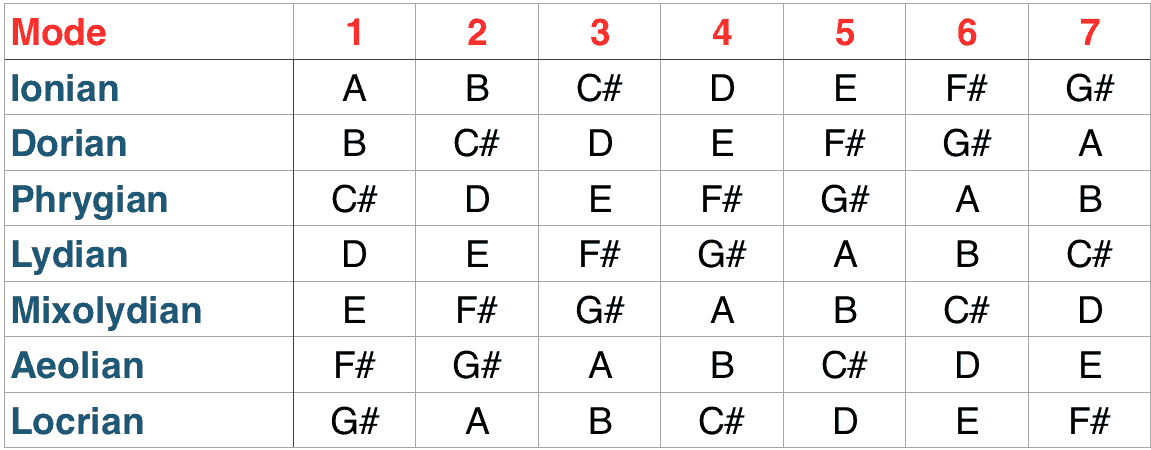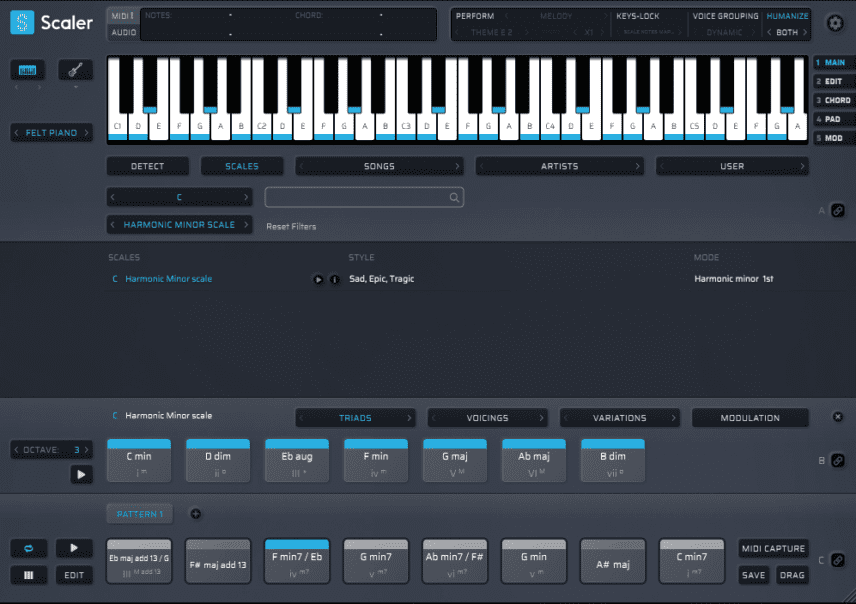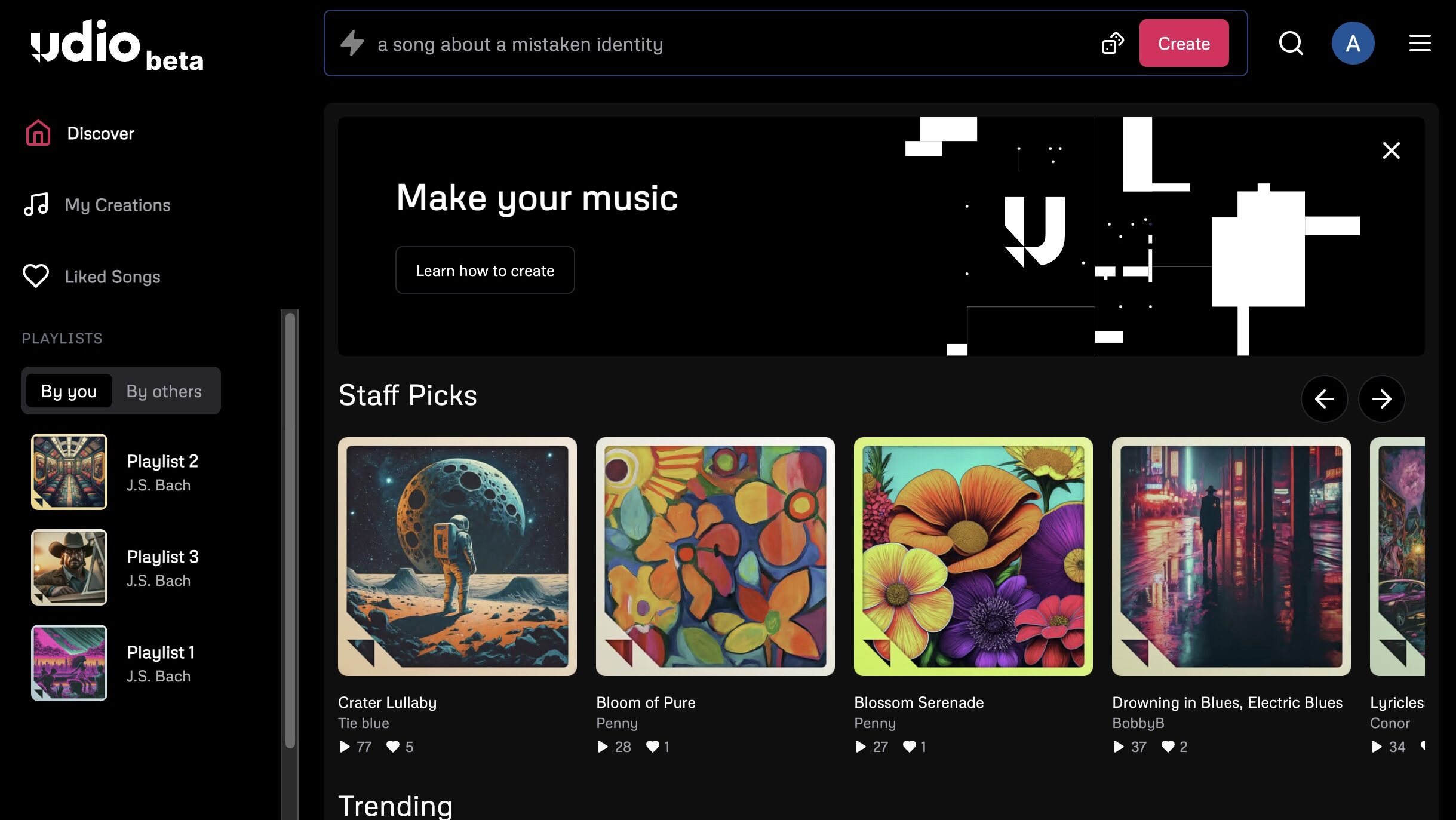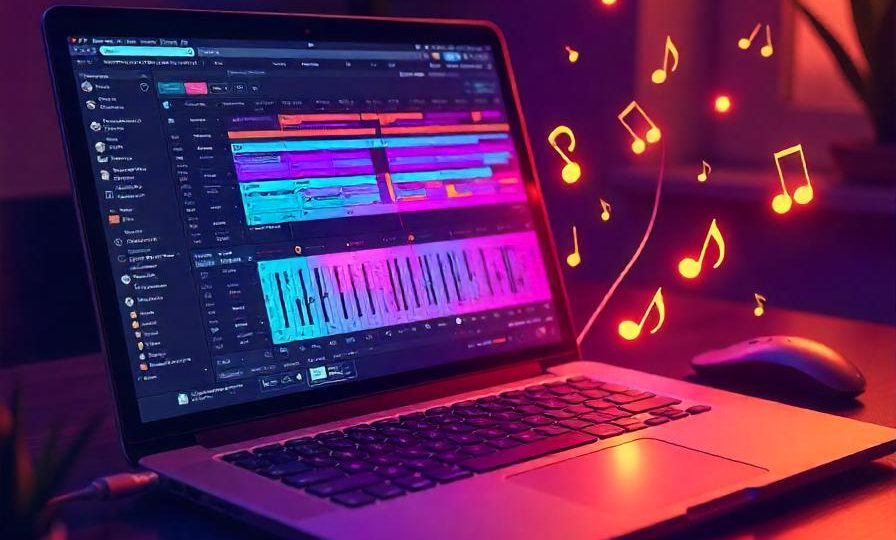The Importance of Melody in Trap Beats
In the world of trap music, where hard-hitting drums, booming bass, and high-energy rhythm often take centre stage, melody may seem like a secondary concern. But be warned! Sleep on melody at your peril as this is where the emotional core and unique character of trap music lies. From sinister loops to catchy hooks, melody in trap plays an essential role helping it resonate with listeners on a deeper level. A strong melody can help elevate your trap beats from good to unforgettable.
So if you are a beatmaker looking to enhance your production read on as we explore all things melody in respect to trap music.
Why Melody Matters in Trap Beats
Emotional Impact
The primary reason melody is so important in trap music is its ability to create an emotional impact. As a rule, rhythm, incorporating the drums and bass, influences the beat’s intensity while melody establishes the mood. Depending on the notes and scale used, a well-crafted melody can evoke anything from tension to sadness, happiness to introspection.
Melodies played in a minor key can add a dark, ominous feel, while a major key melody can bring an uplifting party vibe. Trap is widely known for its strong, direct beats. Melody adds a layer of emotion that, when used well, can help influence and enhance a track’s lyrical direction.
Ear Worms
It’s extremely unlikely a listener is going to walk around humming a kick or snare pattern, but a catchy melody on the other hand can stay with them. In the context of trap, where the beat often loops repetitively, a strong melody can easily be ingrained in a listener’s head, drawing them back again and again. A memorable melody also has the potential to be utilised by the rapper or singer as a hook.
Adding Uniqueness
With countless trap beats being uploaded daily, it’s often the beats melody that will help it stand out. Melody combined with great sound design gives a track its unique fingerprint, helping it resonate beyond a quick listen. The most successful producers will experiment with different melody and instrument combinations to give each track a unique vibe. This makes their beats more distinctive in a genre where traditionally many tracks can sound alike.
Melodic Elements Common in Trap Beats
Repetition and Variation
Repetition is a crucial part of trap melodies and Hip-Hop as a whole. Repetition however can become monotonous so it’s important to inject subtle variations within the repeating patterns. For instance, a melody might repeat over four bars, but every fourth bar introduces a slight change, such as a different note or rhythmic variation. This keeps the melody engaging without distracting from the track’s steady, hypnotic vibe.
The key is to strike a balance between repetition and variation. The listener needs to stay interested but you don’t want to make the track unnecessarily busy. Especially as the rapper or singer will be providing lyrical variation.
Scales and Modes
In trap music, certain scales and modes are particularly popular. This is because they help create the dark, moody, or atmospheric vibes typical of the genre. Minor scales, such as the harmonic or melodic minor, are the most popular scales for creating these suspenseful melodies.
Sometimes, producers incorporate unusual modes like Phrygian or Middle Eastern scales as these can achieve a more exotic feel. Understanding scales can empower beatmakers to create melodies that fit the vibe they are going for. Many DAWs even include a scale mode where you can only play the keys of the selected scale. This can make melody creation a lot easier, especially if you have limited music theory knowledge.

Pitch Slides and Bends
More than any other genre Traps use of pitch slides or bends in the melody is a key signature. Synths, pads and 808 bass’s are all fair game when it comes to the slide or glide. These unique slides, glides and even scratch FX transitions have become an instantly recognizable technique used in trap. A subtle pitch slide can make a basic melody feel more dynamic and interesting. It also allows the melodic content to interact more closely with a tracks rhythm and bassline.
Less is more
Melodies in Trap are often simplistic in nature. Often a beat will have more impact through the use of fewer notes. This minimalist approach leaves plenty of room for the bass and percussion to stand out while also giving vocalists more space to shine. A sparse melody doesn’t mean it lacks complexity or sophistication; This less is more approach relies on making each note count through the effective placement of the notes.
Tips for Creating Effective Trap Melodies
Experiment with different Scales
Minor scales are a cornerstone in trap music. They are perfect for instilling a dark and moody feel. While harmonic or melodic minor scales are the most commonly used scales there is a wide array of interesting and exotic scales to choose from. Esoteric scales originating from Eastern Europe, the Middle East, India and the Far East can sound amazing when applied to trap beats. Most DAWs have a MIDI tool that will automatically remove or mute notes that are not in a designated scale. Using a tool such as this can make it much easier to craft great chords and melodies that sit firmly in a defined scale.
You can take things even further by using dedicated melody and chord generating software. There are a number of very useful MIDI creation tools that allow you to generate melodies and chord progressions based on a selected scale. Scaler 2, Captain Melody and Melody Sauce 2 are three such contenders worth considering.

Keep It Simple
Unlike other genres, where complex melodies and arrangements are more common, trap thrives on repetitive, catchy melodies. The key to successful trap melodies is therefore to keep it simple. Aim for memorable and catchy lines that will stick in peoples heads. Remember much of the listener’s focus will be on the lyricist and anything too complex may distract from the artist.
Use Unique and Interesting Sounds
In trap music, the choice of sound or instrument is often just as crucial as the melody itself. Since trap melodies are typically quite simple, much depends on instrument selection to make the track engaging. Try stacking instruments on top of each other to create completely original-sounding instruments. This can also help with the richness and stereo width of a track as you can pan the stacked instruments.
If you’re using sampled melody loops, take the time to seek out unique and captivating packs with distinctive instrumentation. And for an abundance of incredible sample melody loops look no further than RouteNote Create.
AI assistance
AI is the latest technique to help producers come up with interesting melodic ideas. Platforms such as Udio and Suno offer extremely powerful tools to generate original trap melodies. You can guide AI platforms with written prompts or, alternatively, provide your own musical ideas to inspire the generated output. (Note: you should only upload original content that you own the copyright to)
To use AI successfully, you must treat it as a tool to spark musical ideas. These ideas can then be incorporated into your beats. It may take several attempts before it generates a fire melody, as AI doesn’t always get it right on the first try. However, its ability to provide endless melodic options gives beatmakers the chance to explore unique ideas they might not have considered otherwise.

Conclusion
Mastering and creating captivating melodies is essential for beatmakers aiming to create tracks that stand out and resonate with artists. Whether it’s to inspire an emotional response or to help make a beat memorable, melody is just as crucial as having a hard drum track.
So don’t be afraid to experiment with different melodic ideas and sounds. The advantage of trap melodies is there are no rules regarding the musical styles and influences you can use. As long as you keep it fairly simple with subtle variations to maintain interest, you’re free to experiment and create to your heart’s content.
Remember – RouteNote Create subscriptions start from as little as $2.99. You also get 10 FREE credits to spend on samples along with access to our FREE sample pack bundle when you sign-up!
